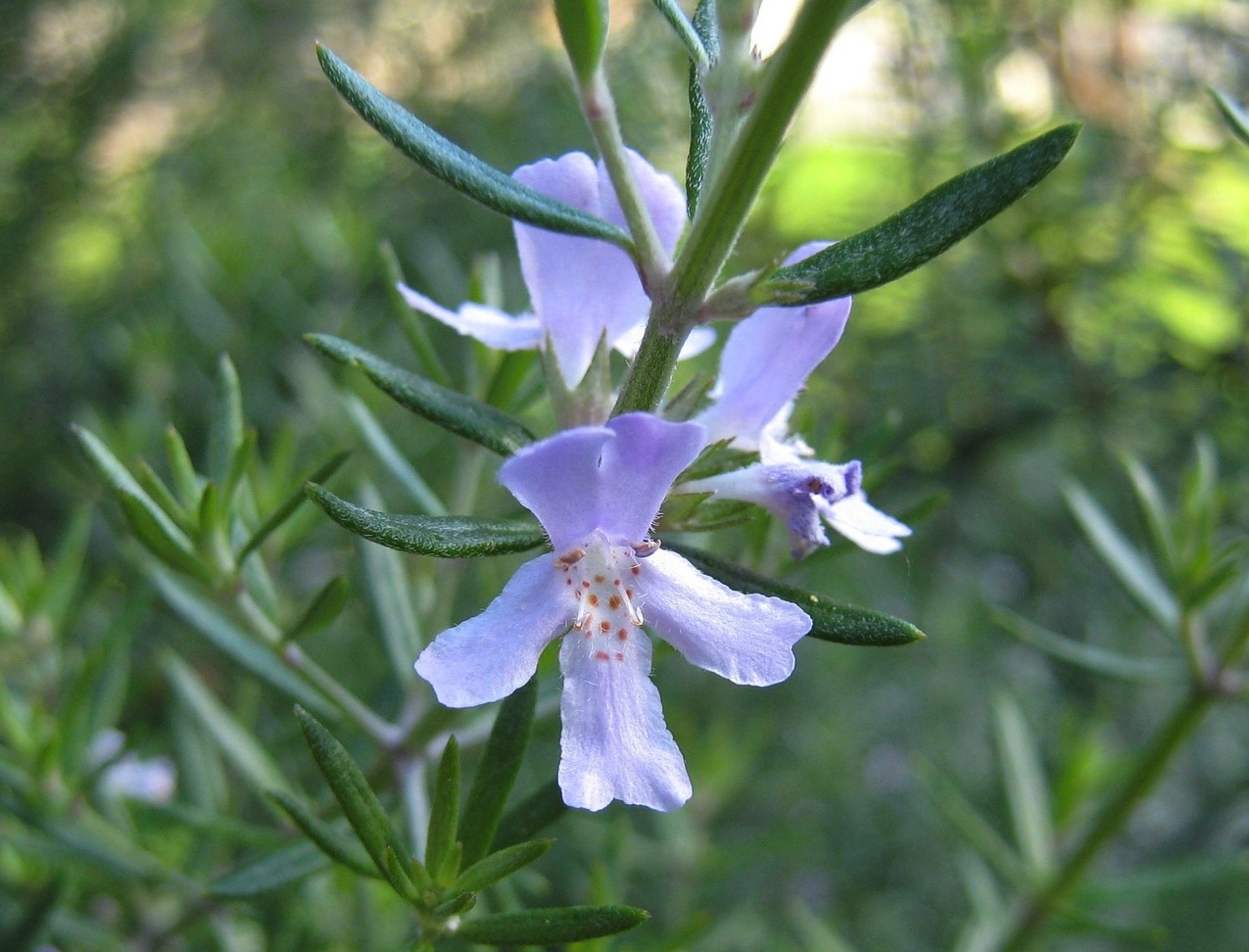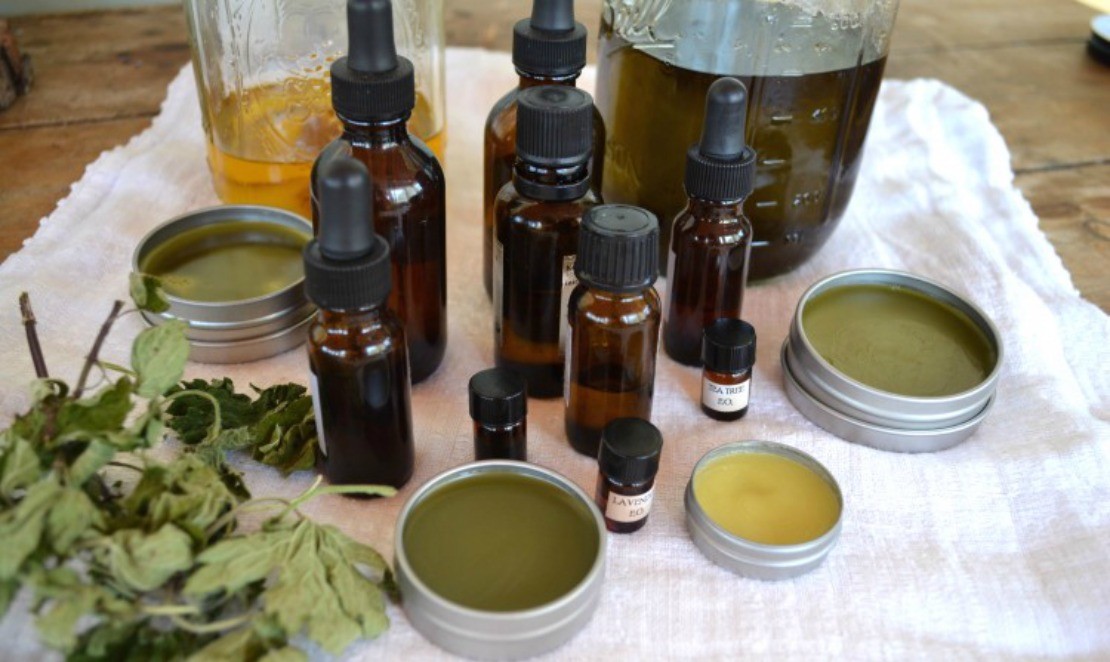
A Guide to Essential Oil Safety
This post is the third in a weekly, multi-part series on using essential oils. We started by discussing Basic Essential Oils for Daily Living and How to Choose High Quality Essential Oils, and continue here with a discussion on essential oil safety. What are some general safety rules? How can you use essential oils safely aromatically, internally, and topically? What are the rules for dilution? We invite you to learn some guidelines for using essential oils safely here and then join us weekly for additional articles on topics ranging from using essential oils in herbalism to choosing carrier oils.
Using Essential Oils Safely
Essential oils are very safe to use for health and beauty, and, when used correctly, are much safer than Western pharmaceuticals made of concentrated, isolated therapeutic compounds. Yet, as even too much spinach can be detrimental, an appropriate dose is the key to enjoying the many benefits of essential oils while avoiding the few possible negative effects. Although essential oil use often falls under the same general umbrella with other natural supplements and remedies such as herbs and hydrosols, essential oils are chemically different and require their own set of safety recommendations.
There is a popular misconception that if one buys high quality, “pure” essential oils, they are safe because they are “natural.” Where I live, arsenic naturally occurs in my well water. It is pure and it is natural, and I could drink the water for a long time before I might notice symptoms of arsenic poisoning, but it would eventually happen. Purity and naturalness are not synonyms of “safe.”
Still, purity is a vital ingredient for essential oil safety, and when we compare unadulterated, pure, natural essential oils to the man-made toxins we often use around our homes (e.g. bleach, ammonia, and air fresheners) or in our cosmetics (e.g. parabens) they are significantly safer. Essential oils are very safe when used properly, following a few simple safety practices.
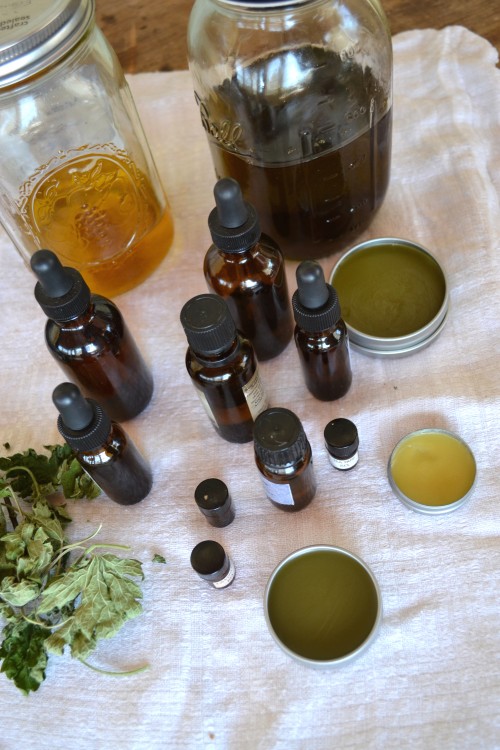
General Safety Rules
First and foremost are the low-hanging fruits of essential oil safety: basic steps we can take to ensure their safe usage and their safety to our health.
- Keep out of reach of children and pets. Children should learn to respect these as they would any other herbal or vitamin supplement.
- Keep all oil bottles tightly closed, cool, and away from direct sunlight.
- Do not place essential oils directly in the eyes, ears, or nose.
- Choose a high quality essential oil. It is extremely important to use only pure and unadulterated, true essential oils, not fragrances or flavorings. Many allergies and other negative experiences are reactions to synthetic chemicals found in modified essential oils or other aromatic products. A pure oil is the first step towards a positive result when using essential oils for wellness. This article describes how to choose a high quality essential oil.
Safety Guidelines for Aromatic Use
Of the three primary avenues for using essential oils (aromatic, topical, and internal), aromatic use is the safest. Use much smaller amounts of essential oil if you choose to diffuse known irritating oils (e.g. cinnamon bark, Cinnamomum zeylanicum), or when diffusing any essential oil around pets or young children.
Safety Guidelines for Internal Use
All essential oils that enter the body by any route must eventually be processed by the liver and the metabolic products excreted through the kidneys. Some oils contain compounds that, in high doses, can damage the liver because the liver has more difficulty processing them so they tend to accumulate there. Other compounds in essential oils are metabolized into toxic products. These toxicity risks are greatest with internal use. Using oils high in ethers and phenols for only the short term by any method, a few days at a time, can also minimize the risk of overtaxing the liver.
Essential oils should not be ingested as a daily preventative practice. Internal use carries the greatest risk of the three application methods, is best reserved for acute situations (i.e. severe illness), and should be conducted under the supervision of a medical professional or aromatherapist trained in the internal use of essential oils. Children under six (6) and pregnant women should not ingest essential oils.
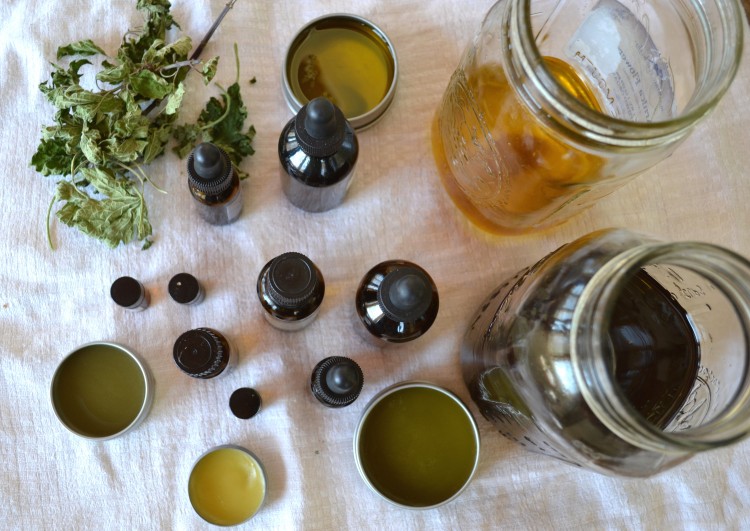
Safety Guidelines for Topical Use
For topical use the main rule is: dilute, dilute, dilute. Irritation, sensitization, and phototoxic reactions as well as systemic toxicities can be mitigated or avoided altogether by appropriate dilution. Diluting an essential oil means adding it to a carrier such as jojoba oil, almond oil, olive oil, coconut oil, or aloe vera gel. See the dilution section below for more details.
Avoid irritation and sensitization
Oils that are irritating can also be sensitizing, and different individuals may react to any given essential oil. Irritation is a temporary, localized effect, often recognized by redness and itching. Sensitization is an immune reaction, which may not show up until the second exposure, or even later, to the essential oil. Sensitization reactions last longer and are usually a life-long issue. Both irritation and sensitization risk can be minimized by appropriate dilution.
Keep all essential oils tightly closed, away from light, and in a cool location. Appropriate storage is important to keep essential oils from oxidizing, which can make them irritating to the skin as well as less effective. Citrus oils, in particular, are especially susceptible to oxidation, so once they are opened, they should usually be used within a year. Stored properly, most other essential oils have a very long shelf life.
Patch testing, either of an essential oil or essential oil blend, is often recommended as a way to identify possible irritants or sensitizers before applying them to large areas of the body. Although there are oils that are known to be irritating to the skin and mucous membranes (e.g. oregano, Origanum vulgare, and cinnamon bark, Cinnamomum zeylanicum), any oil could cause a negative dermal reaction. To perform a patch test, dilute an essential oil or essential oil blend according to the guidelines set out below and rub one drop onto the forearm or inside the elbow, then keep the area dry. If there is any reaction within the first 24 hours, wash the affected area with soap and water and do not use the essential oil or blend.
Understanding a little essential oil chemistry can help. Some of the compounds found in essential oils, notably the aldehydes and phenols, can be irritating to both the skin and to mucous membranes. Sometimes this irritation is immediate, other times it develops with repeated use of the essential oil over time. When these more irritating oils are used aromatically in a diffuser, it is best to use very little of the oil, or, preferably, to choose a non-irritating oil with a similar therapeutic action. When these oils are used topically, they should be diluted more than other oils would be. Look at the GC/MS (gas chromatography/mass spectrometry) report for an oil to get an idea of how much of the oil is composed of aldehydes or ketones and therefore the degree of irritation risk. Many retailers provide these reports on their websites or upon request.
Avoid Phototoxicity
Some essential oils have constituents which cause them to interact with ultraviolet (UV) light in such a way that they can cause discoloration and burns on the skin. These oils are safe when used aromatically, used in wash-off products, or when the area to which the oil was applied is covered with clothing before going into the sun or to a tanning bed. They can also be diluted to safe levels for topical application (Tisserand and Young, 2014).

Listed here are some commonly used phototoxic essential oils and the number of drops of each per ounce of carrier that can be used safely:
- Bergamot (Citrus bergamia) 1 drop
- Cold pressed lemon (Citrus limon) 12 drops
- Cold pressed lime (Citrus aurantifolia) 4 drops
- Cold pressed grapefruit (Citrus paradisi) 24 drops
A few less common essential oils (e.g. cumin, Cuminum cyminum, and rue, Ruta graveolens) are also phototoxic, but the overall list is still short. While some cold pressed citrus oils are phototoxic, not all of them are. Sweet orange (Citrus sinensis) and mandarin (Citrus reticulata) essential oils are safe to use topically. Bergamot, lemon, lime, and grapefruit all come in versions that have been processed differently and are not phototoxic. A safe rule of thumb is to add a maximum of four drops of any combination of citrus essential oils, with no more than one drop of bergamot, to one ounce of carrier (Tisserand and Young, 2014).
Dilute, Dilute, Dilute!
Diluting essential oils when you use them topically can prevent both short-term and long-term negative dermal reactions, while still providing powerful therapeutic effects. This is akin to seat belt use in cars. The law does not require you to use seat belts because you are guaranteed to be in an accident every time you get in your vehicle. We all ride and drive for miles without incident. However, on that one day that you have an accident, that seat belt may save you from serious injury. Such is the case with dilution: err on the side of safety when applying essential oils to your skin.
Essential Oil Use and Dilution Guide |
||
| Infants and Children under age two (2) | ||
| Herbs, herbal infused oils, and hydrosols are generally preferred for this group. Diffusing essential oils is a good first choice option here, and certain oils are more appropriate for use with children, so choose carefully. Topicaly applications are not recommended. | ||
| Children ages two (2) through twelve (12) | ||
| Ages 2-12 | No more than 1% dilution | 1 drop in one teaspoon (5 ml) or 5-6 drops in one ounce (30 ml) carrier |
| Generally healthy teens and adults | ||
| Daily facial care | 1% | 5-6 drops in 1 ounce (30 ml) carrier |
| Daily body care | 2% | 10-12 drops in 1 ounce (30 ml) carrier |
| Acute care (bruises, cold or flu, headache, wart, bug bite, sting, burn) | 3-5% (Dilutions higher than 5% are for short-term use only) | 15-30 drops in 1 ounce (30 ml) carrier |
| Women who are pregnant or breastfeeding, people with sensitive skin, people with a compromised immune system, the elderly | ||
| Daily body care and most acute care | 1% dilution of appropriate essential oils. Some oils are contraindicated for pregnant and breastfeeding women. | 5-6 drops in 1 ounce (30 ml) carrier |
Oils with Special Cautions: Use Carefully
Wintergreen and Birch
Wintergreen (Gaultheria procumbens) and birch (Betula lenta) should not be used with young children to avoid the risk of Reye’s Syndrome. Anyone with a blood clotting disorder or taking blood thinners, such as Warfarin, should also avoid wintergreen and birch oils (Tisserand and Young, 2014).
Eucalyptus, Rosemary (ct. 1,8 cineole), Laurel leaf, Ravintsara, and Peppermint
People with asthma respond in different ways to oils containing high amounts of 1,8 cineole, such as eucalyptus (Eucalyptus spp.), rosemary (Rosemarinus officinalis ct. 1,8 cineole), laurel leaf (Laurus nobilis), and ravintsara (Cinnamomum camphora ct. 1,8 cineole), or high amounts of menthol, such as peppermint (Mentha x piperita). Before using one of these oils, a person with asthma should carefully smell the cap of the oil or blend to determine if his or her lungs feel like they are opening or tightening in response to the smell. If they are opening, these oils can be helpful, but if the lungs tighten up, these oils should be avoided.
Robert Tisserand has clarified his safety recommendations regarding the use of menthol-rich peppermint essential oil and 1,8 cineole-rich essential oils, especially from the genus Eucalyptus (i.e., E. globulus and E. radiata) as follows: Topical use of eucalyptus and peppermint should be avoided for children under 3 years of age, but they can be diffused at up to 0.5% in children under 3 years. Rosemary should be avoided for children under 6 years of age. Topical maximum dilutions for children under age 3 should be 0.5% and for ages 3-6 should be 1% (Tisserand, 2017).
Respiratory Support for Children
When a young child needs respiratory support, it is a perfect opportunity to use a favorite child-appropriate herbal remedy, but if you choose to use essential oils, following these safety precautions will help:
- DILUTE! (up to 0.25% for children under two (2), 0.5% ages two (2) to five (5), and up to 1% for children six (6) to 12 years old).
- Apply the oils away from children’s faces: The safest topical method is to apply these oils on children’s feet, then cover their feet with socks.
- Keep bottles away from children to avoid accidental ingestion.
- If diffusing, use very little. If normal diffusion is 4-6 drops, use 1-2 drops instead.
One of the wonderful things about essential oils is that there is often more than one oil that will do the job and there may be safer alternatives from which to choose. Roman chamomile (Chamaemelum nobile) and Cedarwood (Juniperus virginiana) are excellent to use with children to alleviate congestion. Many of the conifer essential oils work well also. For more information about using essential oils safely with children, read this post.
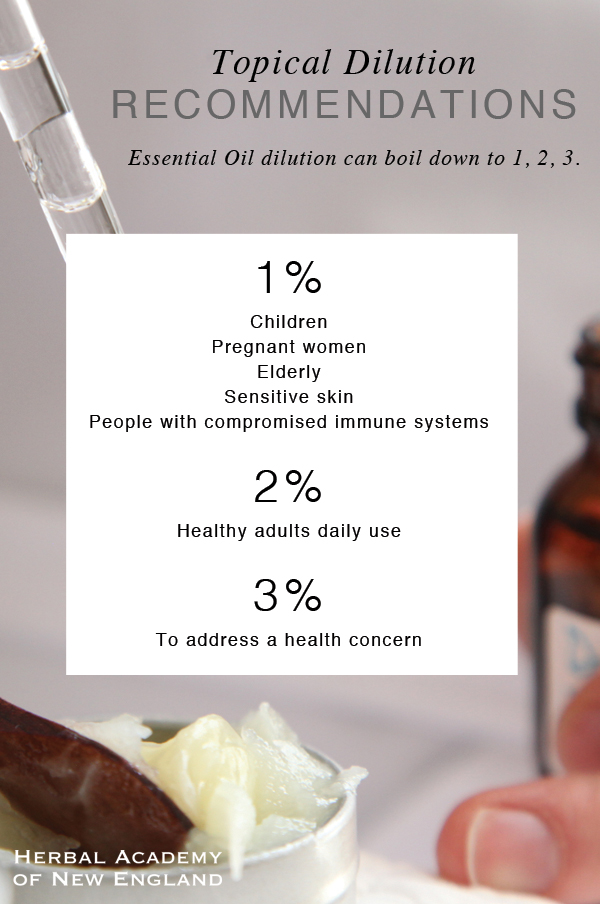
Topical Dilution Recommendations Summary
If this seems overwhelming, it can all boil down to 1, 2, 3.
1%: children, pregnant women, elderly, sensitive skin, people with compromised immune systems
2%: Healthy adults daily use
3%: To address a health concern
Essential Oils and Herbs
Essential oils are more concentrated and have different chemical profiles than their corresponding herbs, which means they come with their own set of rules. What applies to herbs does not always apply to essential oils, and vice versa. Used correctly, essential oils are a powerful and safe addition to our herbal toolkits.
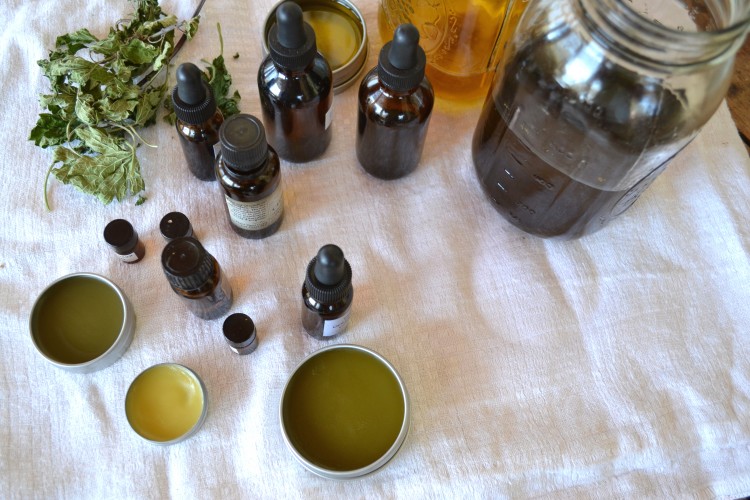
REFERENCES
Anthis, C. (2014). Safe Essential Oil Use with Babies and Children. http://www.thehippyhomemaker.com/essential-oil-safety-babies-children/
Anthis, C. (2014). Introduction to Essential Oil Safety. http://www.thehippyhomemaker.com/introduction-essential-oil-safety/
Burkhard, P.R., Burkhardt K, Haenggeli CA, Landis T. (1999). Plant-induced seizures: Reappearance of an old problem. J Neurol. Aug;246(8):667-70. http://www.ncbi.nlm.nih.gov/pubmed/?term=10460442
Bozorg, A.M. and Benbadis, S.R. (2009). Essential oils as a cause of breakthrough seizure after temporal lobectomy. Seizure 18(8) pp 604-605. http://www.ncbi.nlm.nih.gov/pubmed/?term=19577489
Butje, A. (2014). Essential Oil Safety. Retrieved from http://www.aromahead.com/blog/2015/03/02/four-important-points-essential-oil-safety/
Halcon, L. (2013). Are Essential Oils Safe? Retrieved from http://www.takingcharge.csh.umn.edu/explore-healing-practices/aromatherapy/are-essential-oils-safe
Krumbeck, E. (2013). Essential oils can cause seizures in children. Retrieved from http://naturopathicpediatrics.com/2014/09/08/essential-oil-safety-danger-essential-oils-seizures-children/
Halicioglu, O., Astarcioglu G, Yaprak I., Aydinlioglu H. (2011). Toxicity of Salvia officinalis in a newborn and a child: an alarming report. Pediatr Neurol.Oct;45(4):259-60 http://www.ncbi.nlm.nih.gov/pubmed/?term=21907890
Nath, S.S., Pandey, C., and Roy, D.. (2012). A near fatal case of high dose peppermint oil ingestion- Lessons learnt. Indian Journal of Anaesthesiology. 56(6):pp 582-584. http://www.ncbi.nlm.nih.gov/pmc/articles/PMC3546250/
Price, S. and Price Parr, P. (1996). Aromatherapy for Babies and Children. London: Thorsons.
Price, S. and Price, L. (Editors.) (2011). Aromatherapy for Health Professionals. China: Elsevier.
Skalli, S. and Soulaymani Bencheikh, R. (2011). Epileptic seizure induced by fennel essential oil. Epileptic Disord. 13(3) pp 345-347. http://www.ncbi.nlm.nih.gov/pubmed/?term=21865126
The National Association for Holistic Aromatherapy. (2015). General Safety Guidelines. Retrieved from http://naha.org/explore-aromatherapy/safety/general-safety-guidelines/
Tisserand, R. (2017). Are eucalyptus and peppermint oils safe for young children? Retrieved from https://www.facebook.com/RobertTisserandEssentialTraining/photos/a.230965720267970.62331.166263113404898/1411786512185879/?type=3&theater
Tisserand, R. and Young, R. (2014). Essential Oil Safety, 2nd Edition. London: Elsevier.
Wormwood, V.A. (1991). The Complete Book of Essentials Oils and Aromatherapy. California: New World Library.

